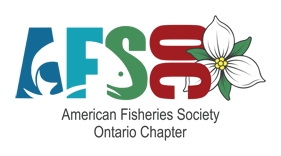CARS announces 2015 inductees to “Legends of Canadian Fisheries Science and Management”
Canada has a long and illustrious history in fisheries science and management. Indeed, many scientific discoveries, assessment tools, and even contemporary management strategies can be attributed to Canadian fisheries professionals. The Canadian Aquatic Resources Section of the American Fisheries Society has launched a program called “Legends of Canadian Fisheries Science and Management”.
